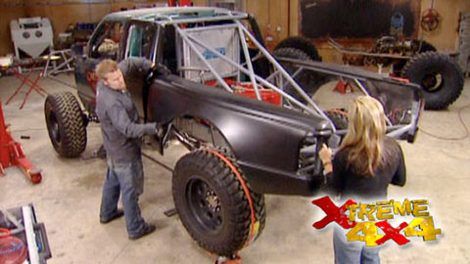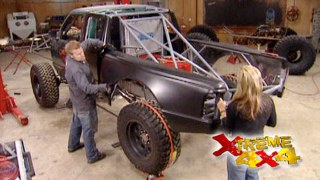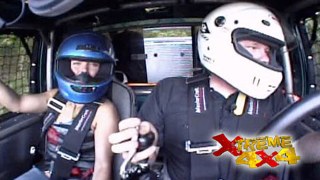Parts Used In This Episode
APC
Replacement headlight and taillight assemblies.
Brothers Truck Parts
Headers
Flowmaster
Super40 Muffler
Holley
Stainless steel braided fuel lines for both the feed and return.
Painless Performance
6 Circuit Off-Road Wiring Harness - comes with aluminum bezel and waterproof boots for the switches.
Perry's Fab and Fiber
Ultea light/strong Carbon Fiber Dash made specifically for a Ranger.
POR 15 Inc.
Super strong paint that goes on with a brush and lays down smooth, protecting the metal from rust.
Stewart Warner
Maximum Performance Guages - faux electric guages with very precise competition sending units. The smaller guages can be switched from a bulb to a bright LED light.







